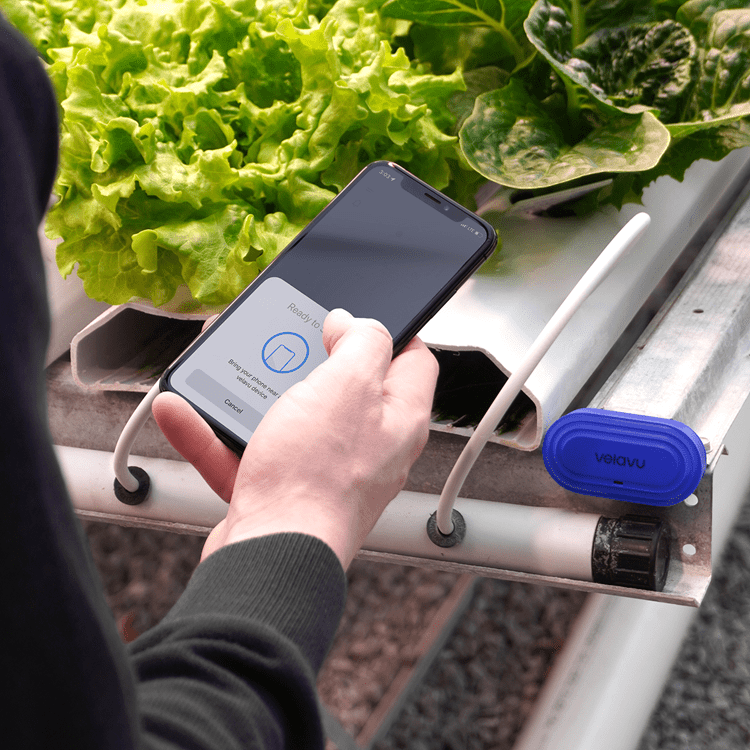Technology company Velavu has launched an asset management ecosystem designed for a range of applications including GNSS vehicle tracking, as well as precision and mixed environment tracking.
The solution is comprised of the ‘Arda’ asset tag, the ‘Manta’ safety wearable, the ‘Pavo’ mesh anchor and the ‘Vesta’ GPS tag and mobile gateway. The small form factor Arda tag integrates temperature, humidity, motion, and impact sensors, and can be placed on assets to provide positioning data, as well as environmental monitoring. Manta also provides positioning information and sensor data, but is a wrist-worn wearable designed for personnel. It has an OLED screen which can be used to communicate messages to the wearer, and a button to generate safety alerts.
The Pavo anchors are placed throughout a facility to form the mesh network and provide coverage in desired areas. Each anchor has a communication range of about 15 meters and a battery life of five years. The anchors can also be used interchangeably with Arda asset tags where longer battery life is required. The Vesta GPS tag and gateway can be used to track vehicles and to transmit vehicle inventory or mesh network data. The ecosystem of devices is designed for use in a variety of markets, including transportation, emergency services, healthcare, and defense.
“This system of products is unique in that it functions using a combination of mesh network, cellular, and GNSS technologies,” says Dominic Peters, Co-Founder and CTO at Velavu. “The mesh network combines signal strength information from multiple nearby anchors and uses trilateration to provide more precise positioning with a typical accuracy of less than three meters. Moreover, mesh networks like the one used by Velavu allow for other useful functionality like sensor data transmission, remote device configuration, and network-wide software updates.”
The Vesta GPS tag and gateway employ Nordic Semiconductor’s
nRF9160 SiP for both its cellular capabilities and to act as a Wirepas Mesh gateway. It also integrates Nordic’s
nRF52833 SoC to communicate with other nearby mesh-networked tags enabling vehicle inventory and ‘left behind alert’ functionality. The asset tags, safety wearable, and mesh anchors all employ the nRF52833 SoC to allow the devices to act as Wirepas nodes and anchors within the mesh network. These devices can gather environmental data and transmit it to the Vesta gateway, which then sends it to the Cloud via LTE-M cellular connectivity.
Mesh network
“Wirepas enabled us to create a system that could effortlessly support large scale deployments using our cost-efficient, battery-powered devices,” says Peters. “Wirepas is also self-healing and not susceptible to system outages through its multi-channel interference avoidance methods that are built into the technology, creating a network of devices that will not fail.”
All devices can be managed via Velavu’s Cloud-based web and smartphone apps (available for iOS and Android). From the app, the user can create and pair assets with devices, access a map of their assets, analytics for the sensor data, and the history of their assets’ location. Users can also configure the platform to provide alerts if items move outside of a set boundary or experience an impact that could indicate damage.
Extended range
“We selected the nRF52833 for its +8dBm transmit power that enabled longer range communication than competitors,” says Peters. “Additionally, the nRF52833 has excellent low power performance and power management modes which allowed extended lifetime of up to a year for the asset tags and wearable, and up to five years for the mesh tag/anchors using coin cell batteries. The built-in NFC also became a cornerstone of our mobile app experience, allowing users to activate and manage their devices from any smartphone.”
“The nRF9160 SiP is one the smallest and most integrated LTE-M/NB-IoT SiPs available which helped us reduce the device size, but was also chosen in large part because of the excellent firmware documentation and rapid development enabled by the nRF connect SDK.”

